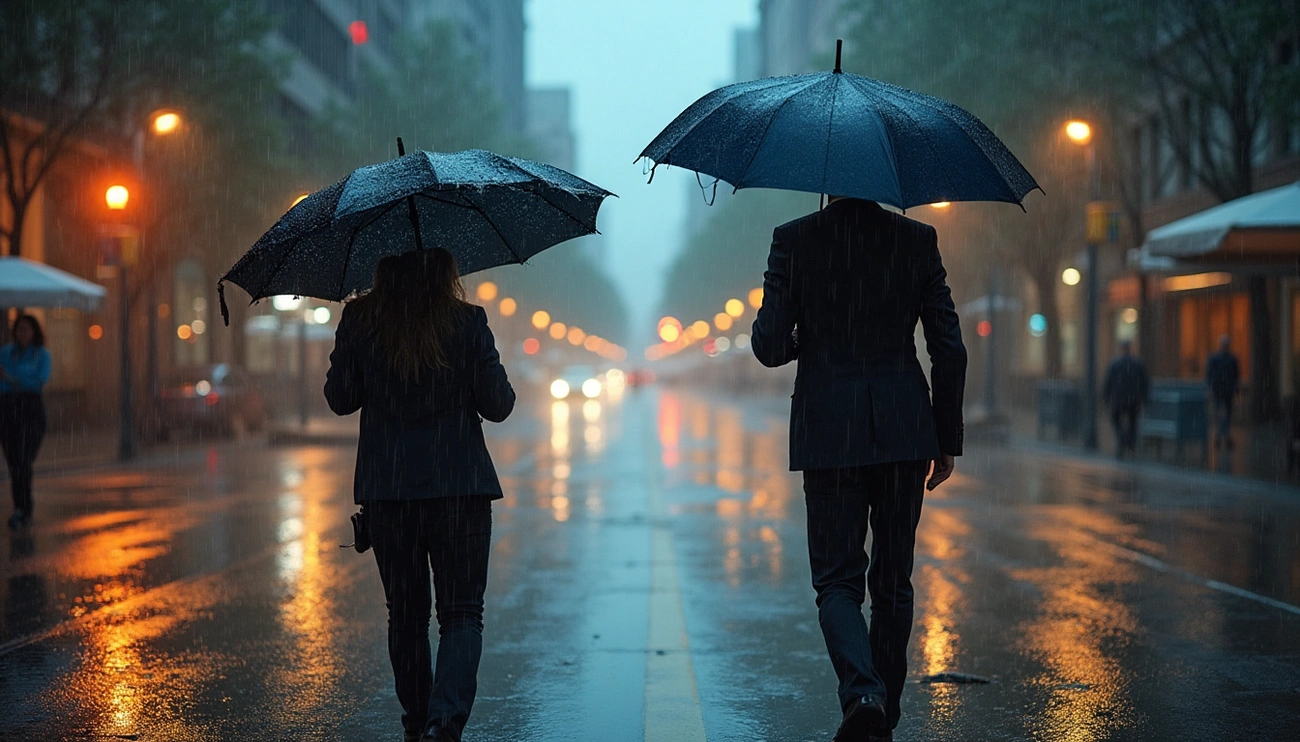
Umbrellas seem like a simple purchase, but most of us end up buying the wrong one and regretting it during the first heavy downpour. I’ve been there too, standing with a broken, inverted umbrella while rain soaks through my clothes.
When shopping for an umbrella, we often focus solely on the umbrella’s price rather than its durability or functionality. Some trendy options like transparent umbrellas might look stylish but fail during strong winds, while compact capsule umbrellas can be perfect for travel but inadequate for family protection. Surprisingly, the right choice depends more on your specific needs than on what’s cheapest or most popular.
In this guide, I’ll walk you through why so many umbrellas end up in the trash after just a few uses and share practical tips to help you select one that actually lasts. Whether you’re tired of replacing broken umbrellas or shopping for your first quality option, you’ll discover exactly what to look for before making your next purchase.
The Real Cost of Buying the Wrong Umbrella
The financial burden of buying cheap umbrellas extends far beyond the initial price tag. Many people fall into a costly cycle: purchasing inexpensive umbrellas, watching them break after minimal use, then repeating the process again and again.
This seemingly minor expense adds up significantly over time. Consider that a quality umbrella can last approximately five years and withstand around 500 uses if it rains 100 times annually. Meanwhile, most low-cost models fail after just a few outings—sometimes even on their first use.
Furthermore, the environmental impact is staggering. Approximately one billion umbrellas end up in landfills yearly, creating roughly 500,000 tons of waste. Most of these discarded items are cheap, flimsy models that served their owners briefly before becoming trash.
Plastic umbrellas specifically present a particular problem. They’re readily available at convenience stores, leading many people to purchase them impulsively when caught in unexpected rain. These impulse buys accumulate at home or get forgotten in public places, perpetuating the cycle.
Beyond financial and environmental concerns, poor-quality umbrellas pose practical problems:
- They frequently invert in moderate wind, leaving you soaked exactly when you need protection
- The frames bend or break easily, making repairs impossible
- Cheap materials tear quickly, rendering the entire umbrella useless
Investing in quality doesn’t necessarily mean spending extravagantly. The average price for a decent umbrella ranges from $15-$30(1500TK-3000TK), which might seem steep compared to $5(500TK) convenience store options. However, when you factor in replacement frequency, the premium model becomes more economical over time.
Notably, many manufacturers offer warranties on better-quality umbrellas. Though some budget brands advertise lifetime coverage, they often make return shipping and documentation so cumbersome that few customers follow through, adding another hidden cost to the “bargain” purchase.
How to Choose the Right Umbrella for Your Needs
Selecting an umbrella that truly meets your needs requires attention to several key factors beyond just price or appearance.
First, consider your usage patterns. If you commute or walk frequently, a compact or foldable umbrella that fits easily in your bag is ideal. For those who don’t mind carrying something larger, a full-size umbrella with a sturdier frame provides better protection.
The frame material significantly impacts durability and performance. Look for umbrellas with fiberglass ribs, which are flexible and wind-resistant, or steel ribs, which offer sturdiness despite being heavier. According to testing, quality umbrellas can withstand wind speeds up to 50 mph with proper design.
Handle design matters more than you might think. Research shows that ellipsoidal handles create less postural variability when held with a five-finger grip and offer better comfort compared to cylindrical shapes. This becomes especially important during windy conditions when grip strength matters.
For opening mechanisms, consider your typical scenarios:
- Automatic open/close systems are convenient when you’re juggling groceries, a purse, or a child
- Manual umbrellas tend to be lighter and often more reliable over time
Location should influence your choice as well. If you live in a windy area, invest in a vented umbrella designed to withstand strong gusts without flipping inside out. For areas with unpredictable weather, models with tilt capabilities allow you to adjust protection as the sun or rain angle changes.
Size matters too—compact travel models typically measure under 12 inches when folded, perfect for glove compartments or backpack pockets. For maximum protection, look for larger canopies, although these create trade-offs with portability.
Ultimately, price shouldn’t be your primary consideration. While quality umbrellas typically cost between $20-$30, the investment pays off through longevity and reliable performance. Focus instead on matching features to your lifestyle and weather conditions to find the perfect balance between protection and convenience.
Quick Guide to Popular Umbrella Types
Understanding the diverse world of umbrella types can save you frustration and money in the long run. Here’s a breakdown of the most common options to help you make an informed choice.
Folding and Capsule Umbrellas
Capsule umbrellas offer an incredibly portable solution for those always on the move. When folded, they fit into a small capsule-like case that easily slides into handbags, backpacks, or even large pockets. Despite their compact size, these umbrellas typically feature durable materials like aluminum or fiberglass frames that provide excellent wind resistance. The mini capsule umbrella stands out as particularly travel-friendly, with its lightweight design adding minimal weight to your bag .
Buy Capsule Umbrella
Classic and Golf Umbrellas
Classic umbrellas come with metallic, wooden, or polyester shafts and are available in both manual and automatic versions. Their long shaft with curved handles makes them instantly recognizable. Golf umbrellas, with their impressive 70-inch width, offer substantially more coverage than standard models. These larger canopies make them perfect for outdoor activities or protecting multiple people simultaneously. The straight handle design allows golfers to conveniently store them in golf bags.
Transparent Bubble Umbrellas
Transparent umbrellas have gained popularity, particularly in crowded urban environments like Tokyo. Their see-through design enables better visibility, reducing the risk of collisions on busy sidewalks. Additionally, these umbrellas complement any outfit, making them a fashionable choice regardless of your style. The spherical “bubble” shape provides enhanced protection by covering more of your body, while allowing rainwater to run off efficiently.
Windproof Umbrellas
For those living in stormy areas, windproof umbrellas offer essential protection. These specially reinforced umbrellas can withstand wind speeds up to 100 km/h thanks to their flexible frames and double-layer canopy construction. Some premium windproof models remain stable even in extreme conditions, reaching 130 km/h, making them ideal for coastal or alpine environments.
The umbrella price typically reflects durability and specialized features—generally, investing in quality pays off through extended lifespan and reliable performance.
Conclusion
After exploring the world of umbrellas, it becomes clear that buying the right one requires more thought than most of us typically give it. Undoubtedly, the cycle of purchasing cheap umbrellas only to replace them after a few uses costs more money over time while contributing to environmental waste.
Quality matters significantly when selecting an umbrella that will actually serve you well. Therefore, rather than focusing solely on price, consider your specific needs—whether you require something compact for daily commuting or a larger model for family protection. Additionally, pay attention to crucial features like frame material, handle design, and wind resistance that determine how your umbrella will perform when you need it most.
Though a quality umbrella might cost $15-$30 initially compared to a $5 convenience store option, the investment pays off through years of reliable service instead of months of frustration. Furthermore, by choosing the right umbrella type for your lifestyle—whether that’s a portable capsule design, classic long-handled model, transparent bubble umbrella, or windproof variant—you’ll ensure maximum protection regardless of weather conditions.
The next time you’re caught in an unexpected downpour with an inverted, broken umbrella, remember that a better option exists. Eventually, you’ll thank yourself for investing in quality as you walk confidently through rainstorms while others struggle with their failing umbrellas. Sometimes, the smartest purchase isn’t the cheapest one—especially when it comes to staying dry.
#Onestop #Onestopstore #onestopstorebd
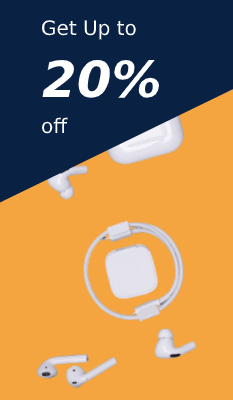
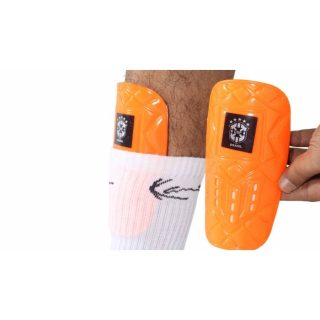
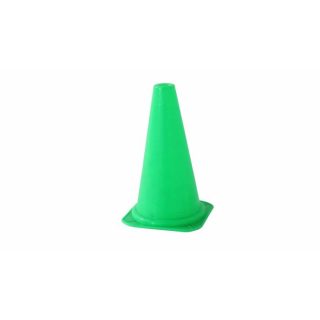
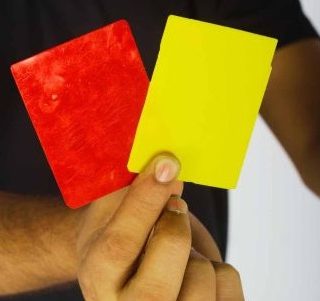
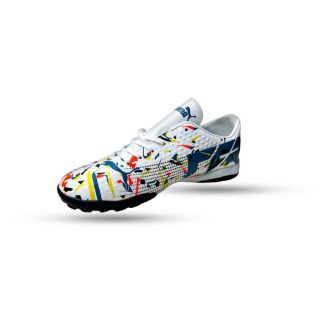
Leave a Reply